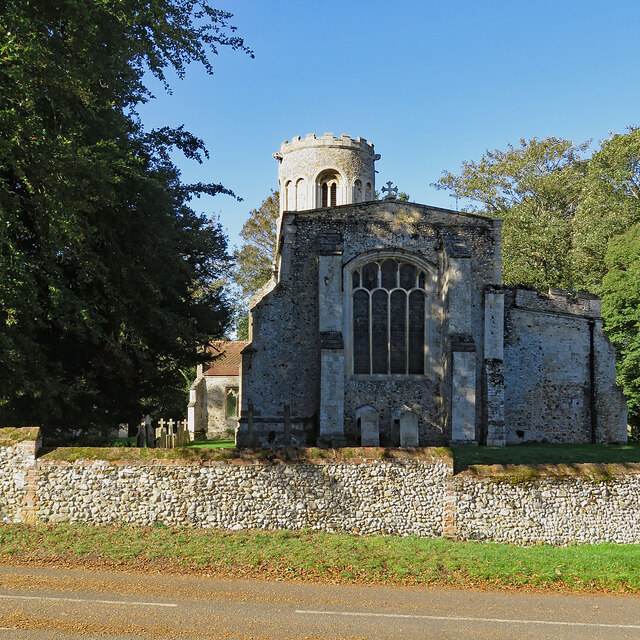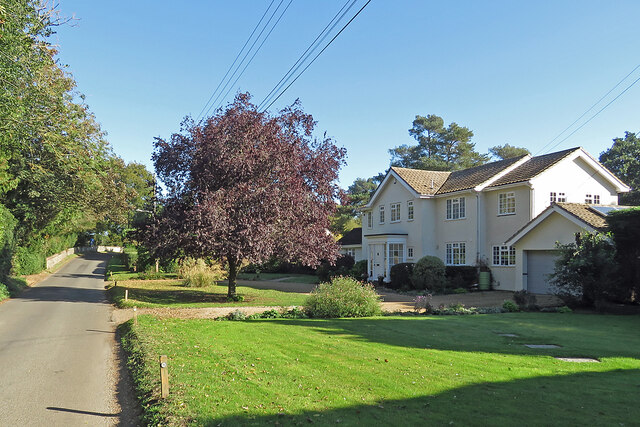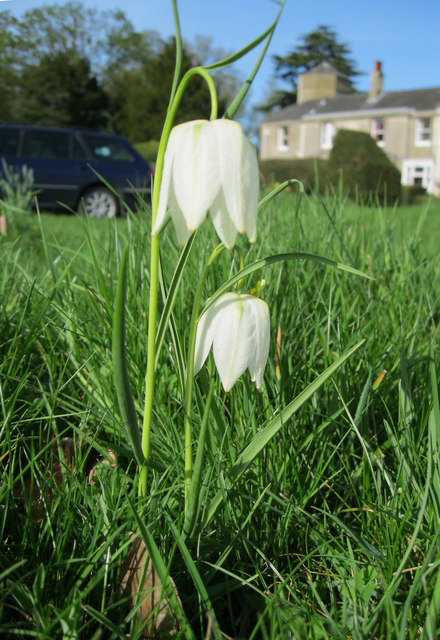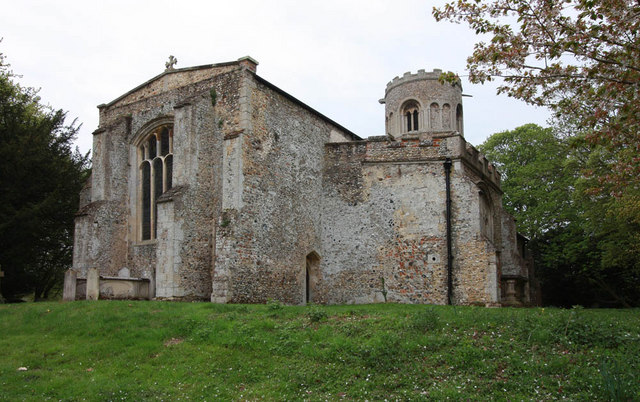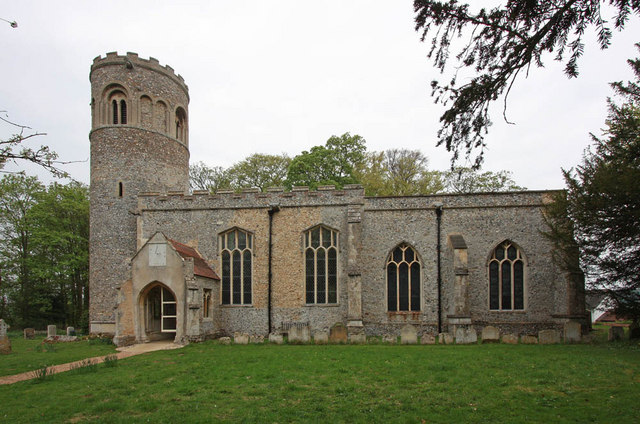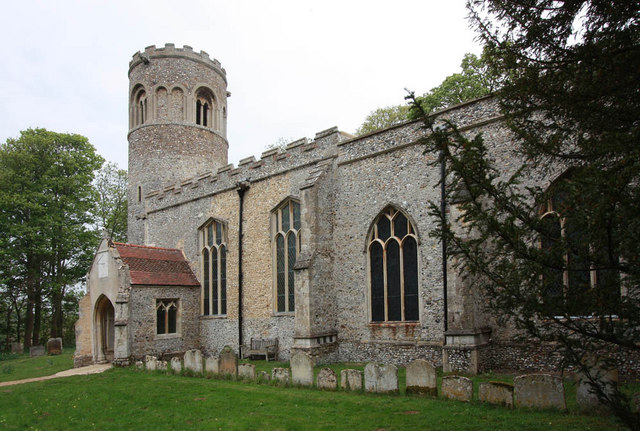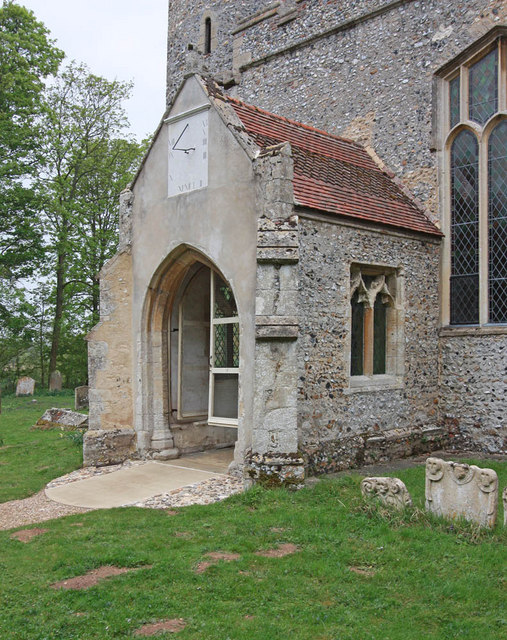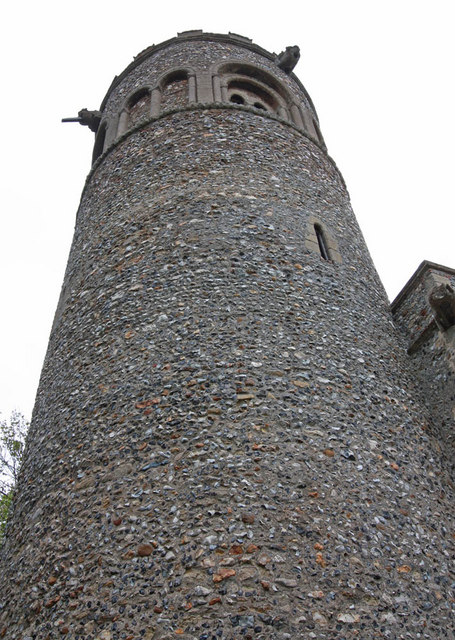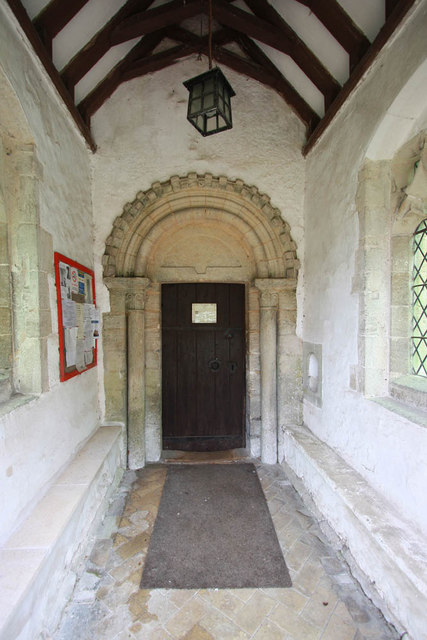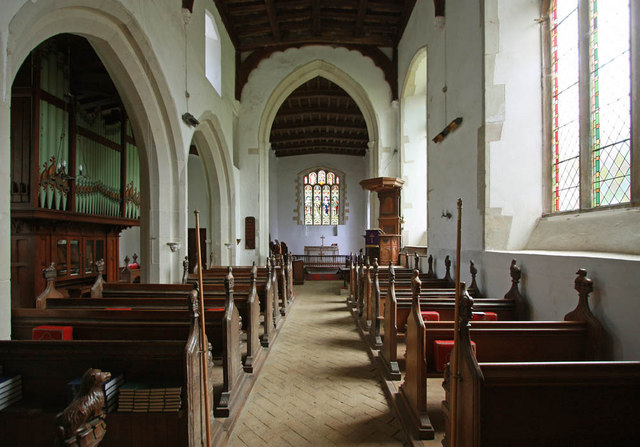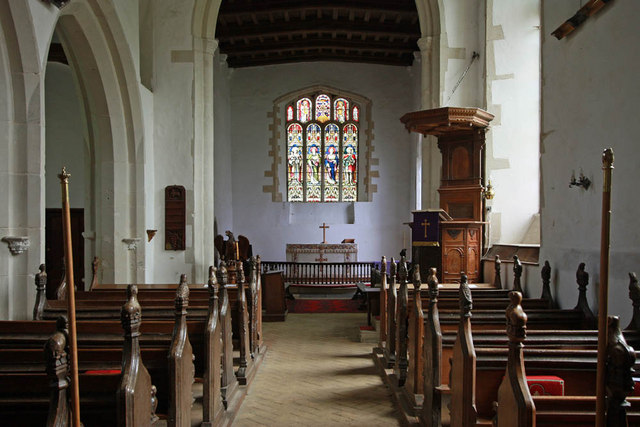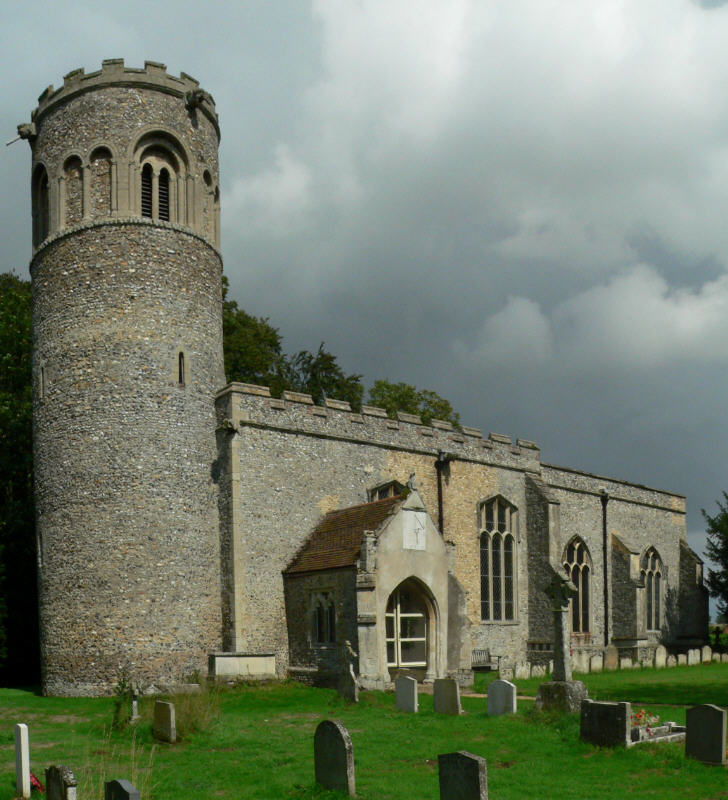Greenwalk Plantation
Wood, Forest in Suffolk West Suffolk
England
Greenwalk Plantation
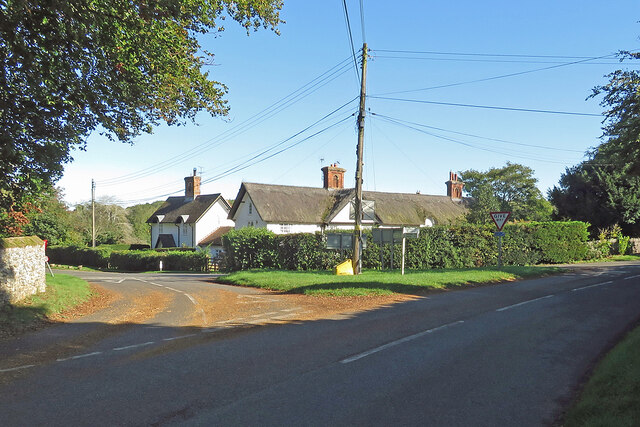
Greenwalk Plantation is a picturesque woodland located in Suffolk, England. Spanning over a vast area, this enchanting forest is a haven for nature enthusiasts and outdoor adventurers alike. The plantation is well-known for its lush greenery, tall oak trees, and diverse array of flora and fauna.
Greenwalk Plantation offers a serene and peaceful environment, making it a popular destination for those seeking solace in nature. The forest is crisscrossed by numerous walking trails, which allow visitors to explore its beauty at their own pace. These well-maintained paths wind through the forest, offering breathtaking views of the surrounding landscape.
The plantation is home to a wide variety of plant species, including ferns, wildflowers, and mosses, which thrive in the moist and fertile soil. The towering oak trees provide shade and shelter for a plethora of woodland animals, such as squirrels, rabbits, and various species of birds. It is not uncommon to spot deer grazing in the meadows or hear the chirping of birds overhead.
In addition to its natural beauty, Greenwalk Plantation also serves as an important habitat for several rare and endangered species. The forest management team works diligently to maintain and protect these delicate ecosystems, ensuring the long-term viability of the plantation's biodiversity.
Visitors to Greenwalk Plantation can engage in various activities, including hiking, birdwatching, and photography. The plantation is also equipped with picnic areas and benches, allowing visitors to relax and enjoy a leisurely day amidst nature.
Overall, Greenwalk Plantation offers a captivating blend of natural beauty, biodiversity, and tranquility, making it a must-visit destination for nature lovers and those seeking respite from the hustle and bustle of everyday life.
If you have any feedback on the listing, please let us know in the comments section below.
Greenwalk Plantation Images
Images are sourced within 2km of 52.233959/0.62550812 or Grid Reference TL7962. Thanks to Geograph Open Source API. All images are credited.

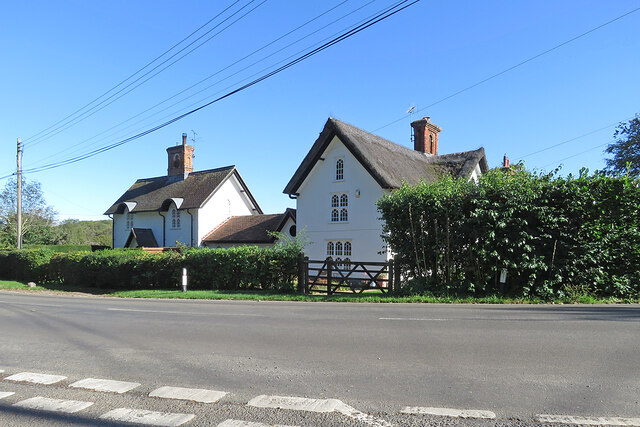
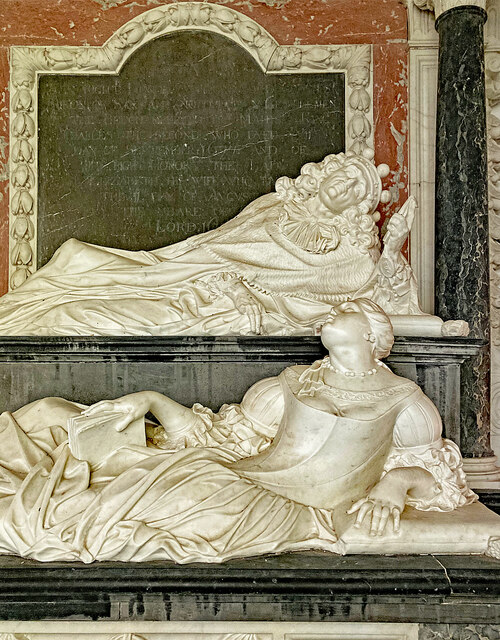
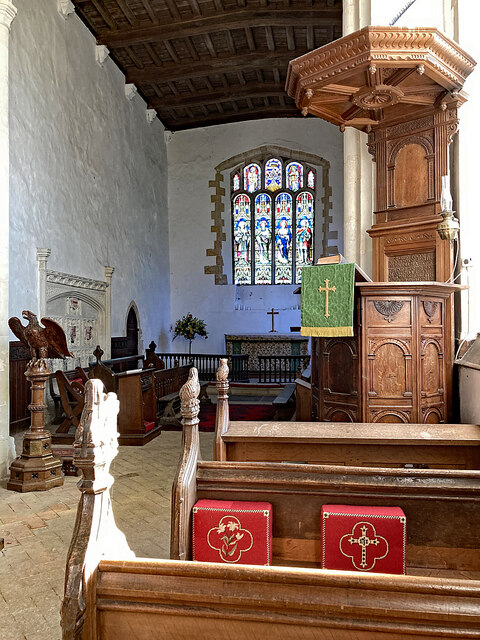
![Little Saxham: St Nicholas &quot;The most spectacular Norman round tower in Suffolk,&quot; wrote Nikolaus Pevsner. &quot;Round the top a rhythmical order of arches on columns. In the four main directions they hold deeply recessed two-light bell-openings, in the diagonals two lower blank arches. Billet frieze along the sill level.&quot; The Perpendicular &quot;nave and chancel S sides [have] uncusped, rather bald tracery,&quot; he opined.](https://s3.geograph.org.uk/geophotos/07/62/53/7625363_c0c2ed83.jpg)
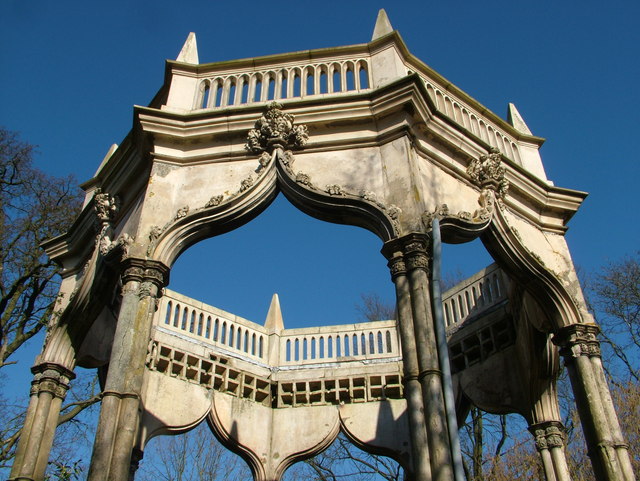
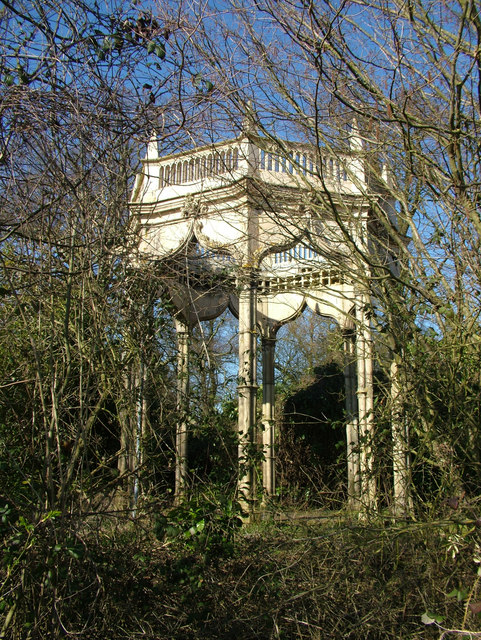
Greenwalk Plantation is located at Grid Ref: TL7962 (Lat: 52.233959, Lng: 0.62550812)
Administrative County: Suffolk
District: West Suffolk
Police Authority: Suffolk
What 3 Words
///radically.pebbles.coveted. Near Bury St Edmunds, Suffolk
Related Wikis
Little Saxham
Little Saxham is a village and former civil parish, now in the parish of The Saxhams, in the West Suffolk district, in the county of Suffolk, England....
Great Saxham
Great Saxham is a village and former civil parish, now in the parish of The Saxhams, in the West Suffolk district, in the county of Suffolk, England. The...
Saxham Hall
Great Saxham Hall is a two-storey Palladian house situated at Great Saxham, just outside Bury St Edmunds in Suffolk, England. It is a Grade II* listed...
The Saxhams
The Saxhams is a civil parish in the West Suffolk district of Suffolk in eastern England. Located around two miles west of Bury St Edmunds, the parish...
Thingoe Rural District
Thingoe Rural District was a rural district in the county of West Suffolk, England between 1894 and 1974. It was named after the ancient Hundred of Thingoe...
Little Horringer Hall
Little Horringer Hall is a Grade II-listed house in Horringer, Bury St Edmunds, Suffolk, England.There has been a hall in this location since the 17th...
Thingoe Hundred
Thingoe was a hundred of Suffolk, consisting of 31,850 acres (128.9 km2).One of the smaller hundreds of Suffolk, around 9 miles (14 km) wide and 11 miles...
St Mary's Church, Ickworth
Ickworth Church (more formally known as St Mary's Church, Ickworth) is a former parish church in Ickworth Park near Bury St Edmunds in Suffolk, England...
Nearby Amenities
Located within 500m of 52.233959,0.62550812Have you been to Greenwalk Plantation?
Leave your review of Greenwalk Plantation below (or comments, questions and feedback).
